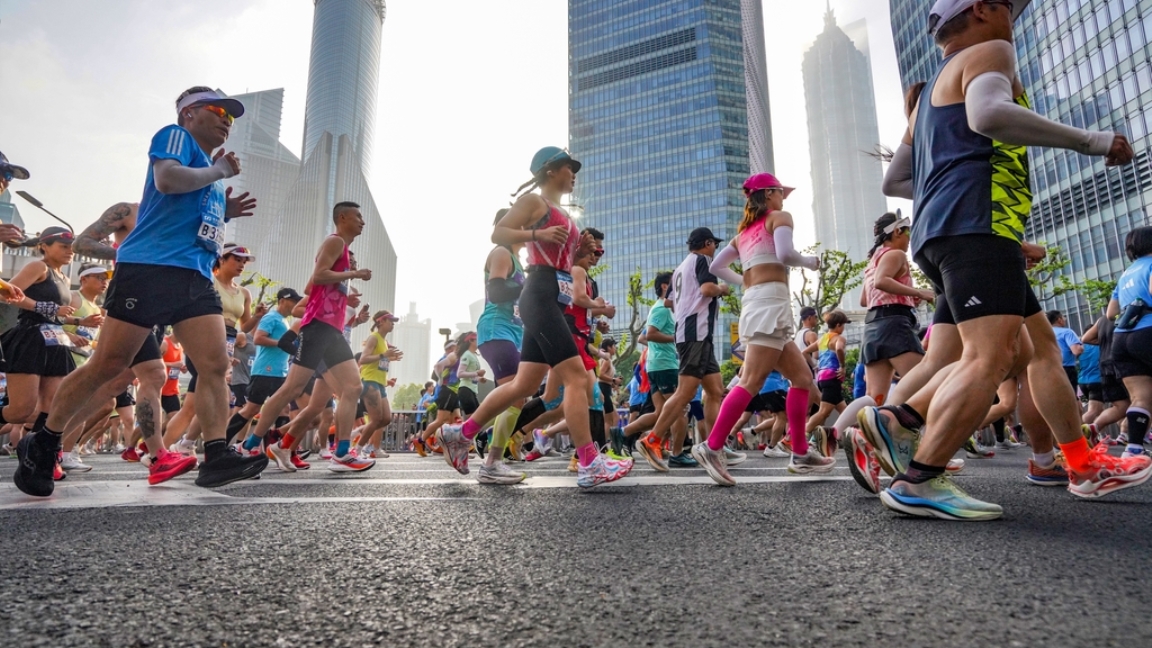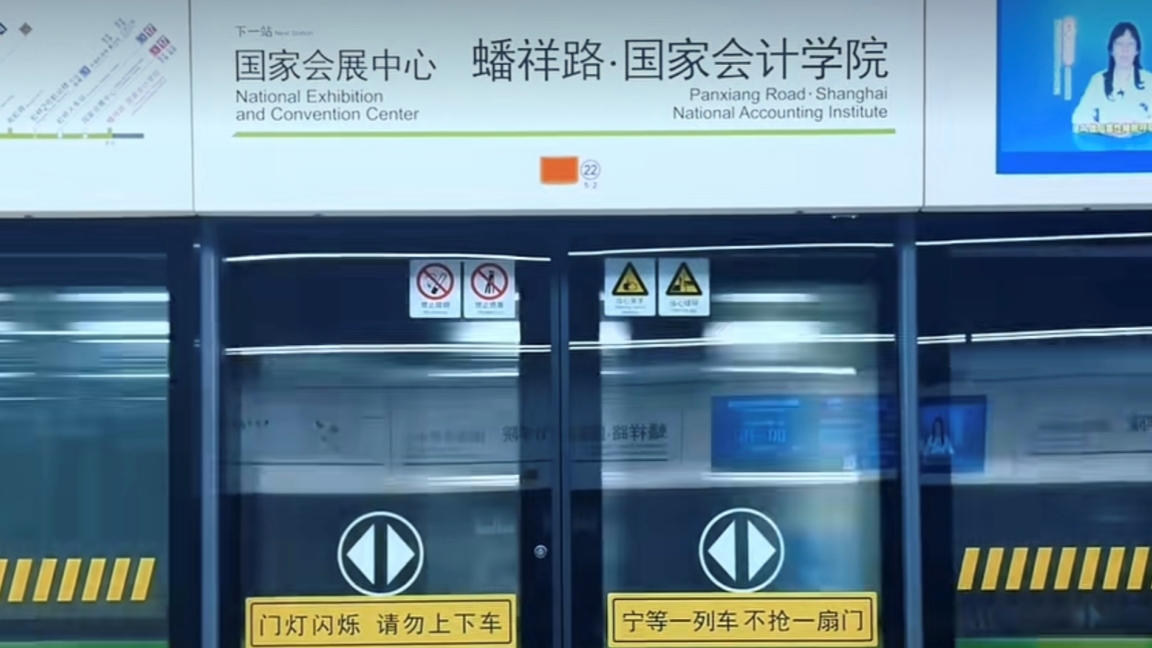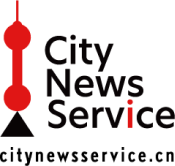Minhang District Highlights Achievements During 14th Five-Year Plan
Shanghai's Minhang District has seen strong economic growth during the 14th Five-Year Plan period (2021-2025), with gross domestic product (GDP) surging past 400 billion yuan (US$56.18 billion) and fiscal revenue above 90 billion yuan, district officials announced on Tuesday.
Minhang reported a GDP of over 411.9 billion yuan last year, marking an increase of more than 60 percent since the end of the 13th Five-Year Plan, according to Lu Fangzhou, Party secretary of the district.
Economic growth and industrial upgrading
Long known as a manufacturing base, Minhang has accelerated industrial transformation, with emerging industries accounting for 52.6 percent of its total industrial output from designated-size enterprises, 9 percentage points above Shanghai's average.
The district has built three 100-billion-yuan industrial clusters: green low-carbon industries, aerospace and biomedicine. Its advanced energy equipment sector now boasts a full ecosystem covering research and development (R&D), manufacturing and application.
It has also launched major commercial rocket and satellite projects, while hosting leading low-altitude economy firms such as Volant and TCab Tech.
International connectivity and trade hub
Leveraging key infrastructure, including Hongqiao International Airport, Hongqiao Railway Station, and the National Exhibition and Convention Center (Shanghai), venue for the China International Import Expo (CIIE), Minhang is positioning itself as an international gateway linking the Yangtze River Delta and the world.
It has forged strategic partnerships with more than ten cities across the Yangtze Delta, including Suzhou and Hefei, and is developing a cluster for private enterprise headquarters in the region.
Its Hongqiao Import Commodity Exhibition and Trading Center now offers 85,000 products from 120 countries and regions, creating a "never-ending CIIE."
The Bonded Logistics Center (Type B) in the Hongqiao Business District handles over 40 percent of Shanghai's cross-border e-commerce imports by sales, topping the city for two consecutive years.
The district launched the Hongqiao Overseas Development Service Center, which now provides 90 one-stop services to more than 3,500 companies, supporting both overseas expansion and operations in China. The China-Europe Railway Express from Shanghai also departs Minhang for Europe, Russia, and Central Asia. To date, over 300 trains have carried 10 billion yuan in goods.
Last month, Minhang opened a new service hub to support businesses expanding overseas.
"The goal is to make it the preferred hub for China's leading enterprises going global," said Zhang Xiaowen, deputy director of the Minhang District Development and Reform Commission.
She added that over the past five years, Minhang has introduced institutional innovations to encourage more companies to open free trade accounts and ease market access for foreign-funded investment companies. The district has also implemented measures to facilitate the entry, residence, and stay of overseas talent.
Science and technology innovation
In terms of sci-tech innovation, spending on research and development accounted for about 8 percent of the GDP in Minhang.
The district is home to 39 national-level research platforms. Local research institutes have contributed to major national projects, including the Mengtian space lab module, the Chang'e-6 lunar mission, and the Shenzhou-20 spacecraft.
It also collaborates with local universities to drive innovation. In 2024, Shanghai Jiao Tong University generated 1.719 billion yuan from research commercialization, ranking first among Chinese universities for the second consecutive year. East China Normal University also saw its research commercialization reach 476 million yuan, 115 times higher than at the end of the 13th Five-Year Plan.
Livelihood and social development
Minhang allocated over 67 percent of its general public budget to enhance people's well-being during the 14th Five-Year Plan with 168 public welfare projects.
Wu Qiang, director of the district, said that Minhang has garnered recognition as one of China's "happiest districts" for two consecutive years.
The district has also improved living standards through initiatives such as housing renovations and providing affordable rental housing.
Minhang has 298 primary and secondary schools, the second-highest number in the city. About 96.8 percent of kindergartens in the district are affordable and accessible to the general public. All 24 community childcare centers serve neighborhoods across Minhang, providing families with childcare close to home.


In Case You Missed It...






